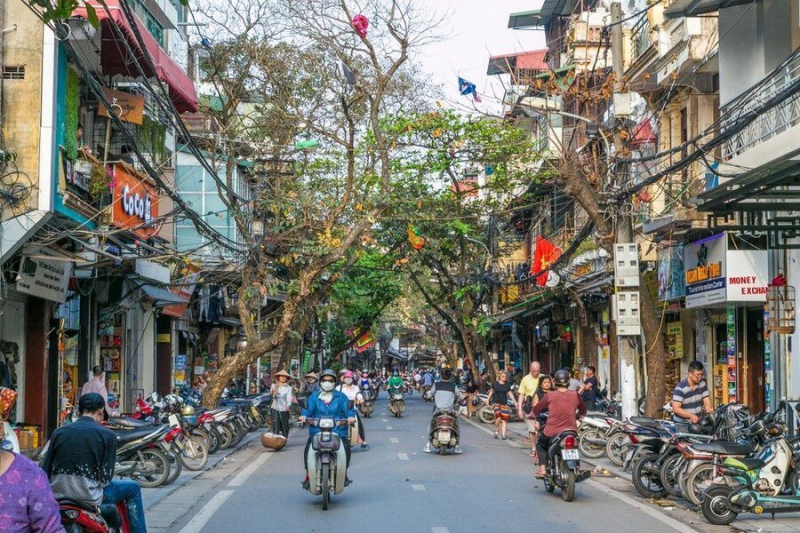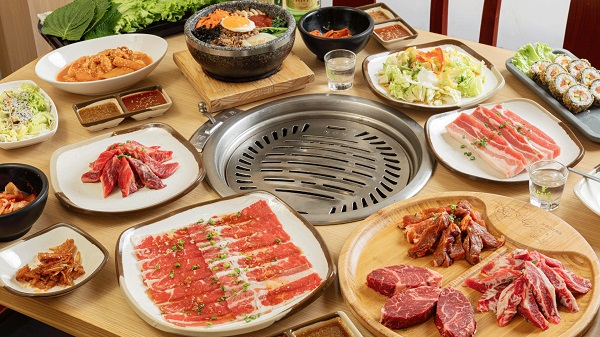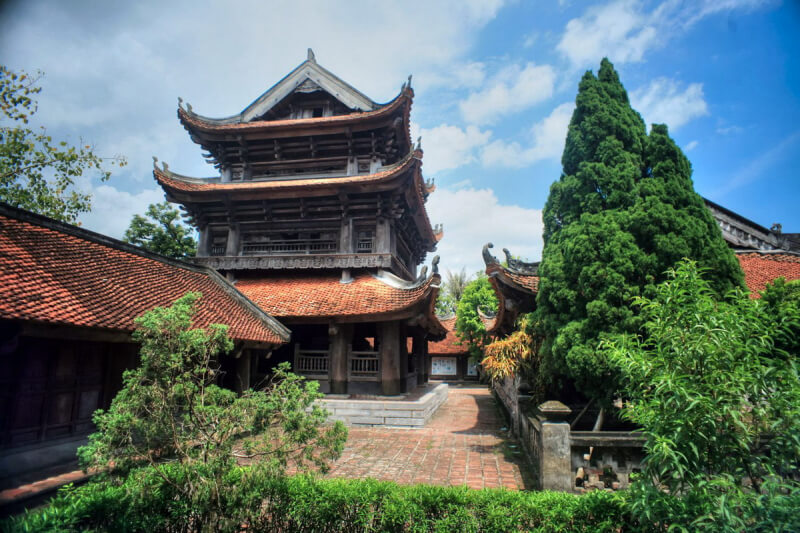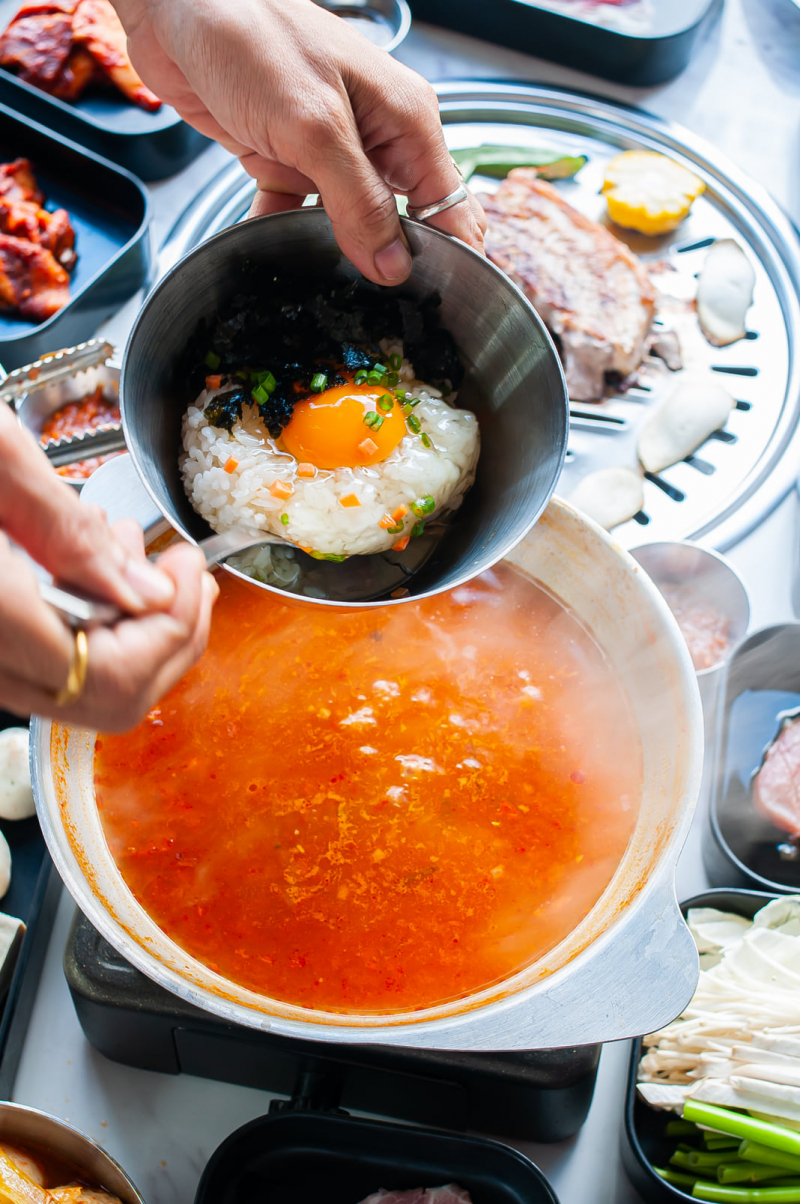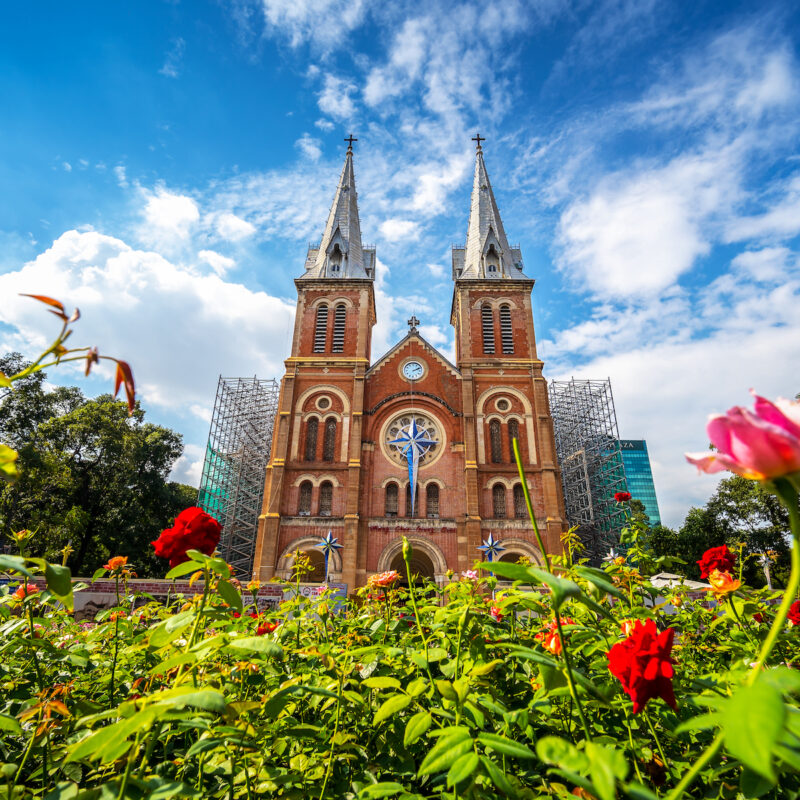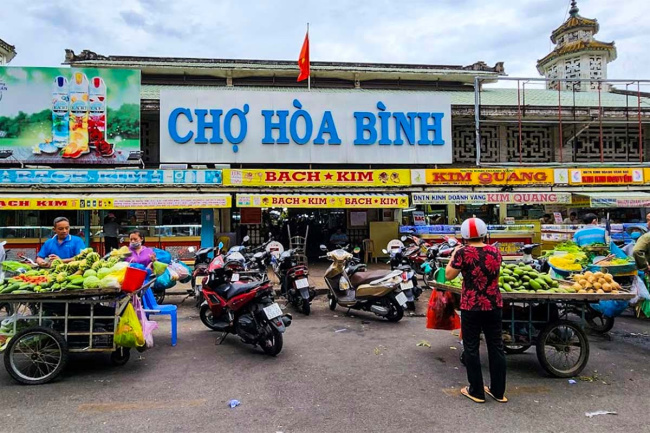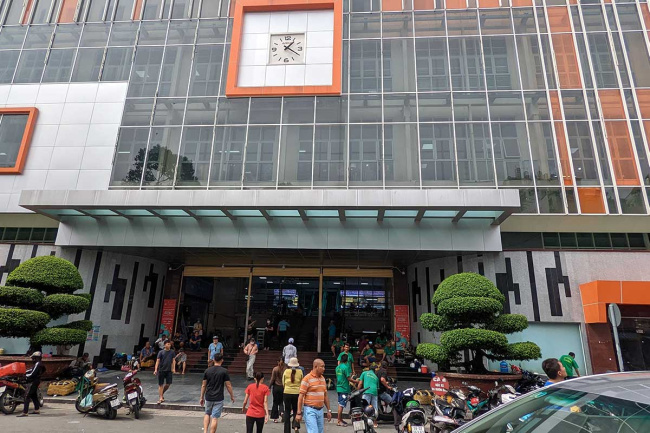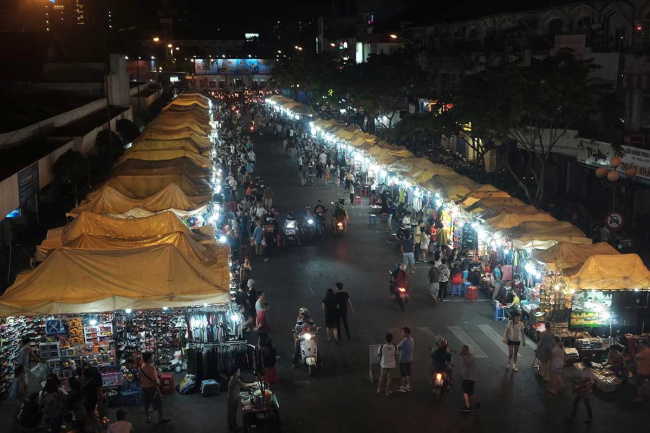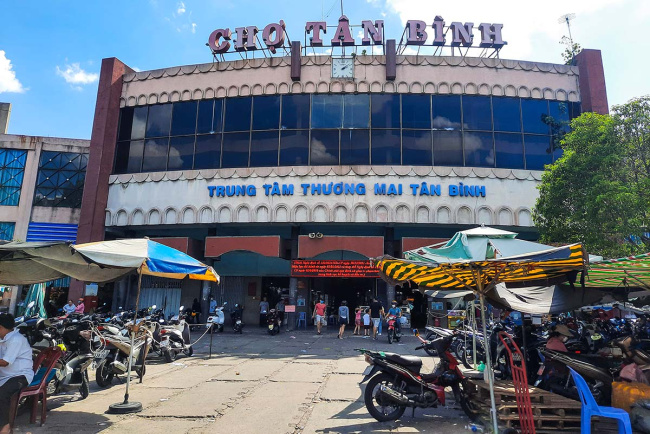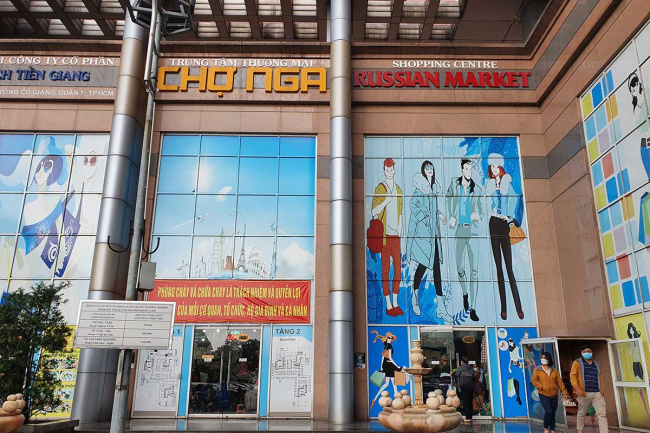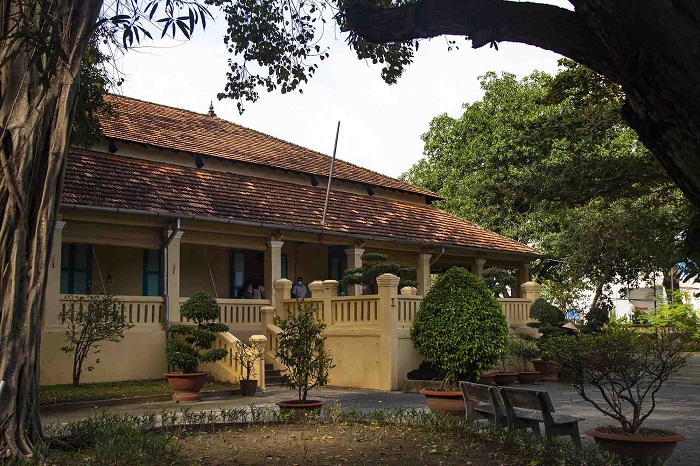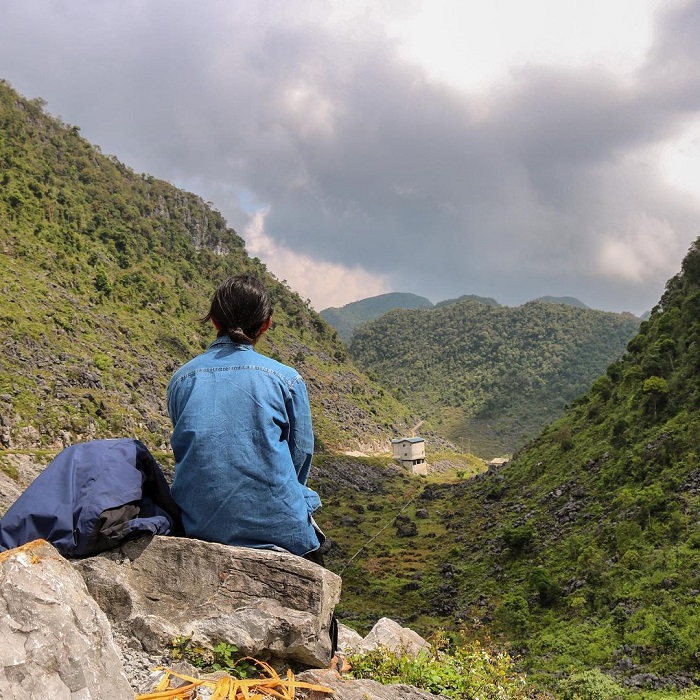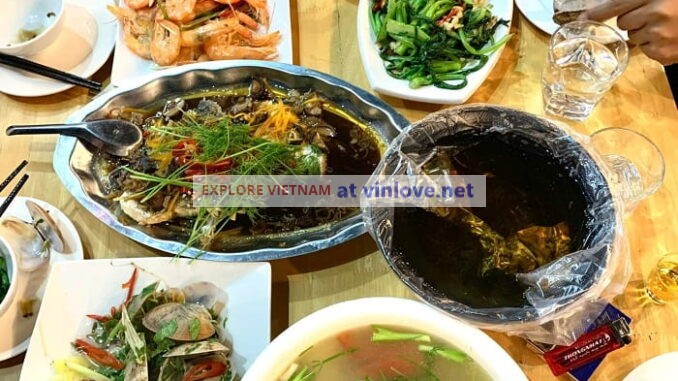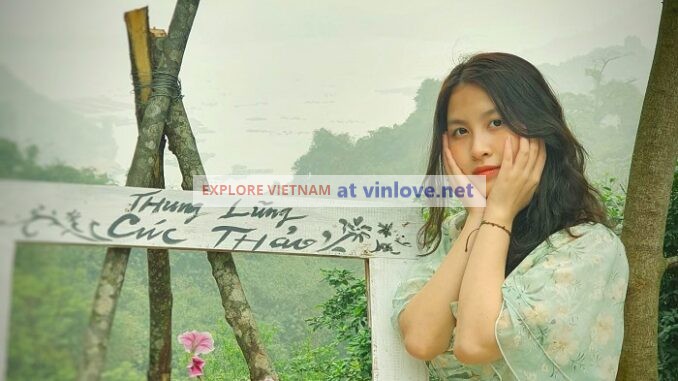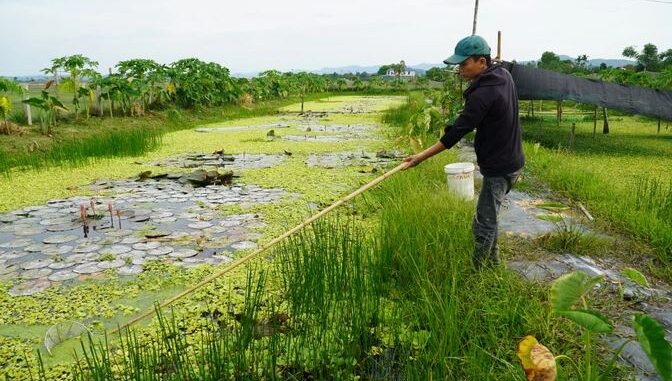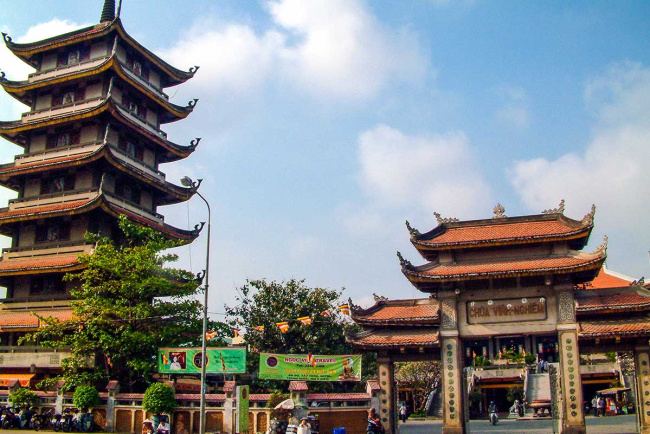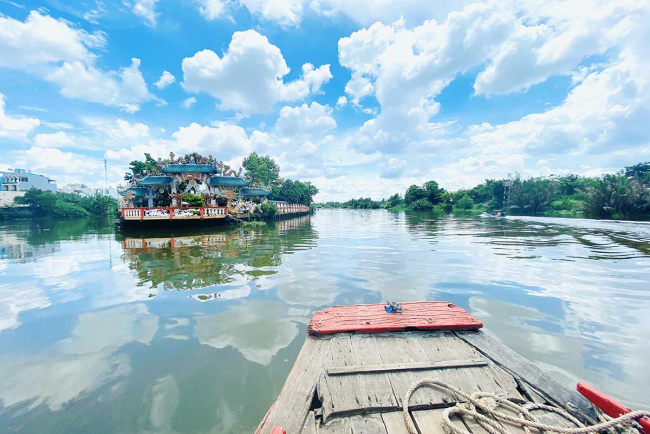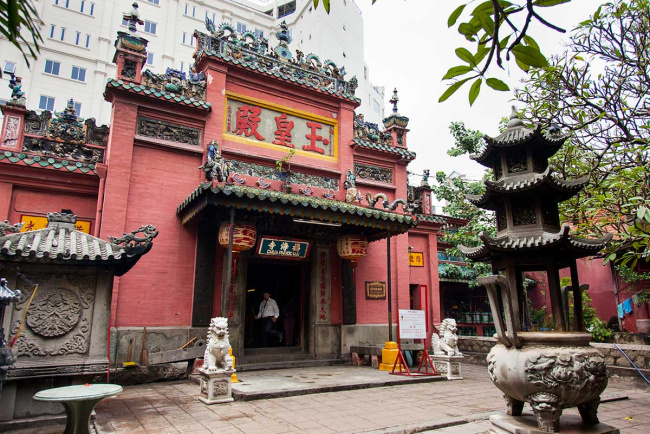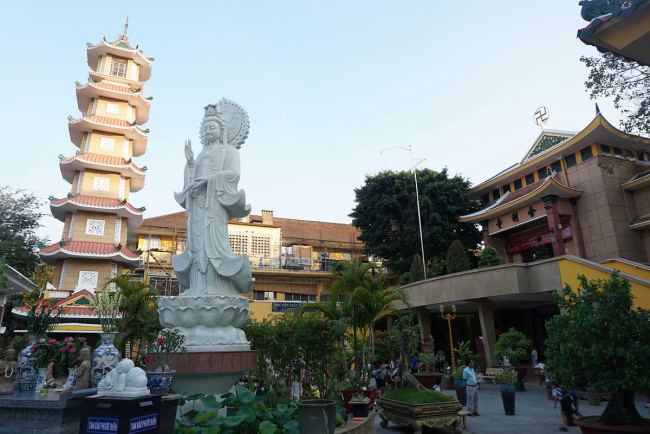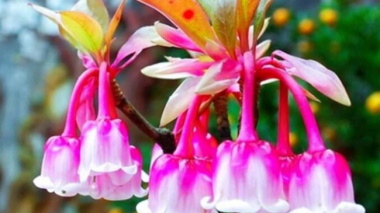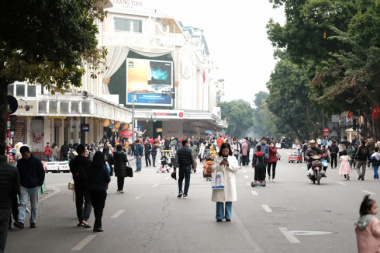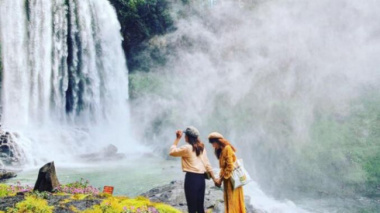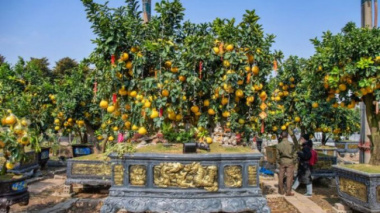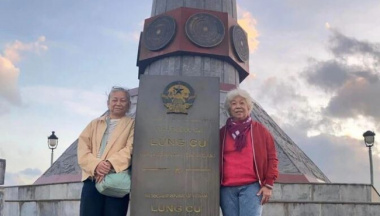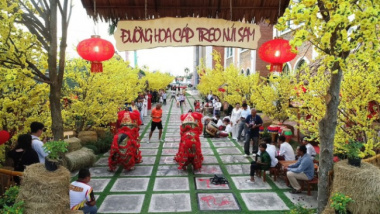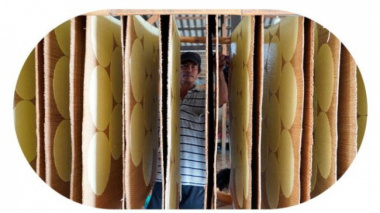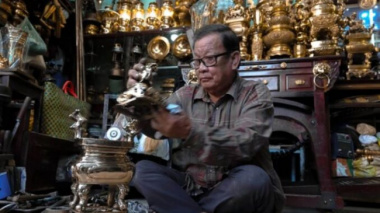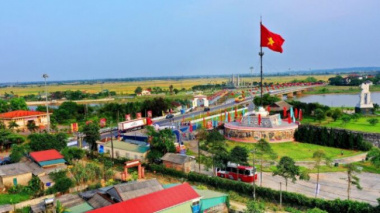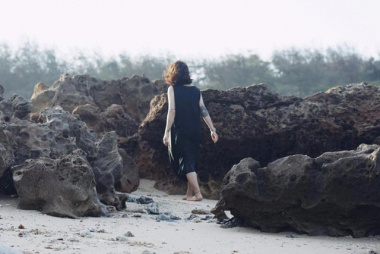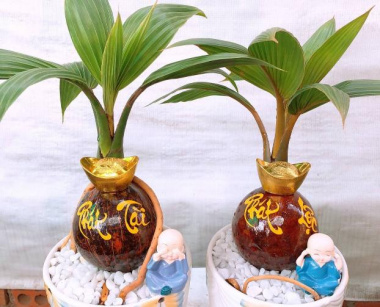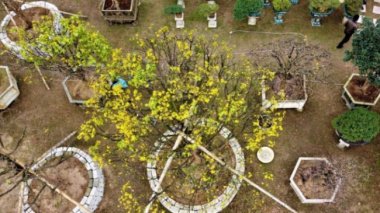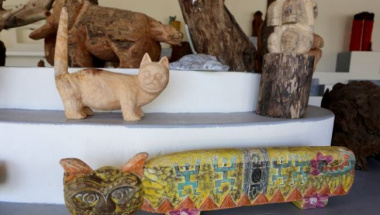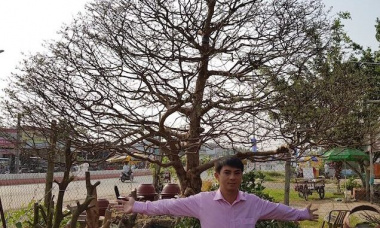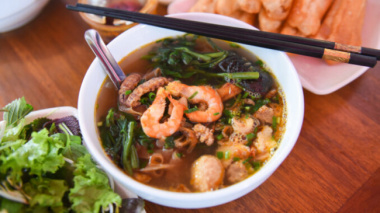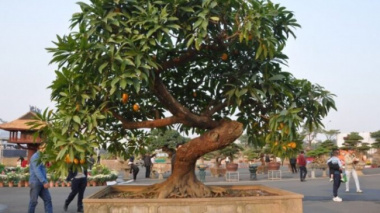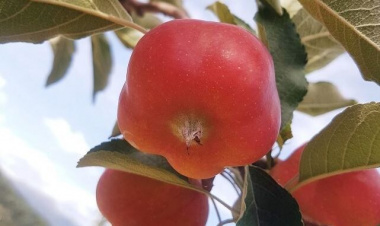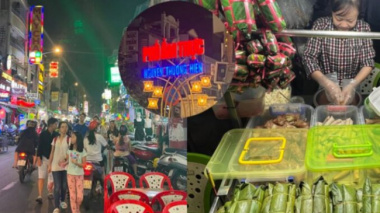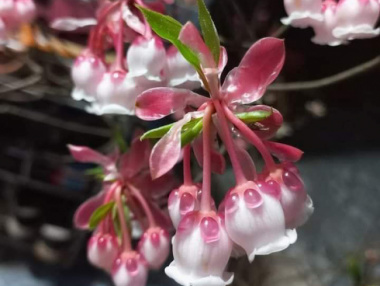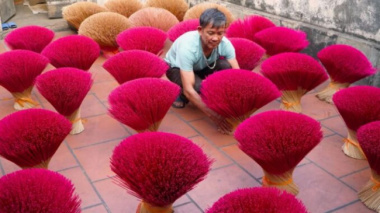Hoi An Old Town
- History of Hoi An
- Lam Ap to Hoi An
- Hoi An’s Rise and Fall
- New Beginnings
- Notable Landmarks
- Contemporary Nightlife
Hoi An’s Old Town, also known as the Ancient Town, is a delightfully quaint time capsule from the days of yesteryear. Before the advent of mass industry and modern urban life, the Old Town served as an international trading post for merchants, seamen, businessmen, and humble families.
Sitting on the banks of the Thu Bon River, the sailors and hopeful traders that once graced Old Town’s street are long been departed and have been replaced with new generations of curious tourists and travelers hoping to glance into the past.
Thankfully, the arrival of modern times hasn’t resulted in Old Town losing any of its rustic charms, which is why tourists from all over the world love visiting the area.
History of Hoi An
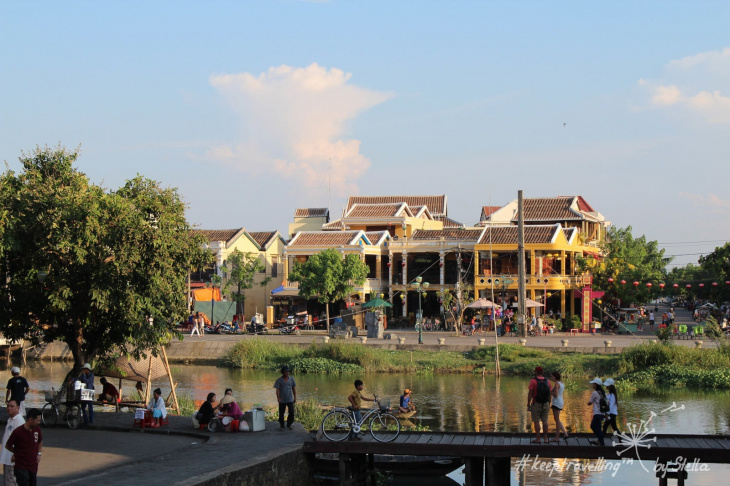
Hoi An’s Old Town. Photo: #keeptravelling™
The illustrious history of Old Town dates back to the days of antiquity. Between the 7th and 10th centuries, Hoi An served as the commercial and economic hub for the Cham people – an ancient society whose presence in Vietnam lasted for over 1,500 years.
By the late 16th century, the port of Hoi An was booming due to the region’s burgeoning spice trade. Entrepreneurial vendors and hopeful buyers flocked to the city in droves hoping to start a new, more prosperous life.
Lam Ap to Hoi An
The Cham people left behind a spiritual legacy that has never truly left Vietnam. Their stunning temples and religious monuments can still be explored today, especially at sites like My Son Sanctuary.
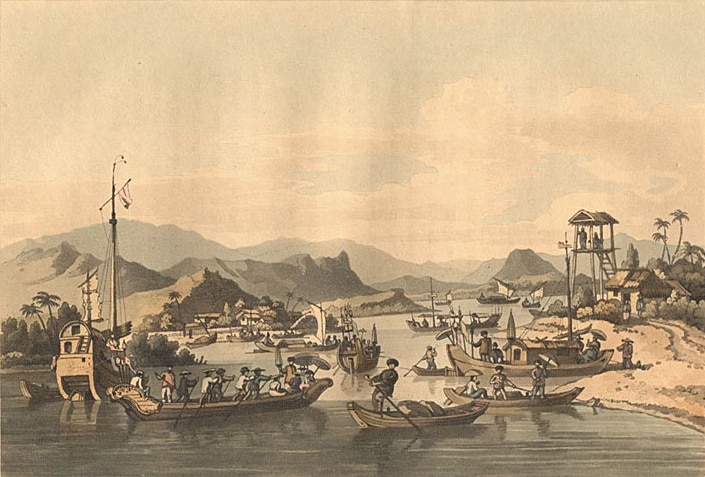
A port in Hoi An in 1792.
Responsible for laying the groundwork for what would later become Southeast Asia’s busiest trading port, the Cham’s rule over the kingdom of Lam Ap ended in the 17th century. After being overthrown by Vietnamese rulers, the town was commandeered and renamed Hoi An.
As an already established trading port and bustling coastal city, the new rulers were cognizant of their new city’s potential to became a cultural and financial juggernaut.
Hoi An’s Rise and Fall
As businesses continued to thrive, international merchants began to set up shops in Hoi An, hoping to benefit from the area’s ongoing boom. Both Chinese and Japanese citizens descended on Hoi An hoping to reinvent their lives and provide their families with brighter futures.

Beautiful architecture in Ancient Town. Photo:
The multiculturalism of Hoi An was subsequently reflected in its architecture as an array of houses, temples, statues, and bridges were built in a range of eclectic styles. The good times couldn’t last forever, and unfortunately, by the late 18th century, the area was on the decline.
Civil War and internal bloodshed saw many cities in Vietnam become invaded, overthrown, and left in ruins, and Hoi An was no exception. Hopeful overseas merchants and optimistic families trying to create a livelihood disappeared as well as a vast majority of their buildings, temples, and statues.
New Beginnings
After the country’s internal strife subsided, the ashes of Hoi An began to rise thanks to the rolled-up sleeves of its Vietnamese and Chinese citizens. As equilibrium was restored and the rehabilitation of Hoi An was well-underway, there would one final twist in the complicated story of Hoi An.
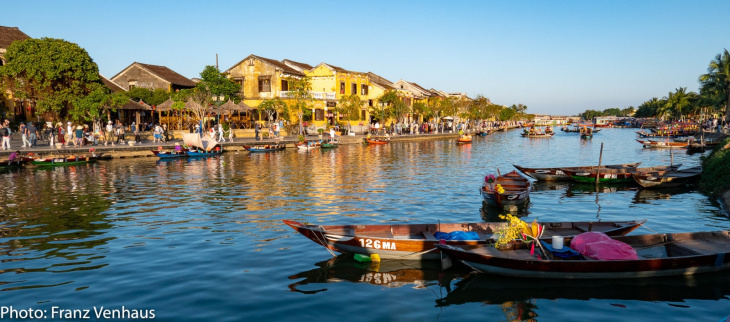
Boats on the water. Photo: Franz Venhaus
The year 1858 marked the beginning of French colonial rule in Vietnam, and Hoi An was subsequently renamed ‘’Faifo’’ by its European settlers. The arrival of these colonizers added yet another ingredient to Hoi An’s already diverse melting pot, introducing the town to even more foreign influence especially through the addition of numerous french style buildings.
In 1999, Hoi An’s long cultural tapestry was recognized by UNESCO and it was officially named a World Heritage Site. Hoi An may not be the powerhouse it once was, but it remains a beloved and cherished area by both natives and tourists alike.
Activities
There are plenty of sites to explore while visiting Old Town. From museums and landmarks to partaking in lunar festivals, you can spend a few days wandering through the area’s historic streets.
Museums
Preserving history is a matter of utmost importance in Old Town so it’s no surprise there are plenty of fascinating museums there. Tradition is very much still alive here, and a visit to any of the museums will quickly prove it.
The Folk Culture Museum
In today’s world of technology and instant gratification, it can easy to forget that the vast majority of the human population earned their wages by working the fields. Hoi An’s Folk Culture Museum serves as both candid documentation and a love letter to its residents’ agricultural days.
Complete with clothing, garments, and pottery artifacts from the area, the Folk Culture Museum offers a real-world look into the past. There’s even a gift shop that sells replica tools and other unique trinkets.

The Museum of Folk Culture in Old Town. Photo: Allan Watt
The Hoi An Museum of History and Culture
The Hoi An Museum of History and Culture is situated within a 17th-century temple, which in itself is a fascinating place to visit. Offering a comprehensive look into Hoi An’s rich and storied past, this thought-provoking museum is adorned with old maps, pottery, and even an antique cannon.
Notable Landmarks
One thing that is immediately apparent in Old Town is the architectural influences of different countries. Chinese, Japanese, and French citizens had a strong foothold in the area and are behind numerous buildings and structures.
There are Chinese temples, opulent French houses, and Japanese walking bridges aplenty. The multicultural diversity of Old Town can is also apparent in the local cuisine as it caters to an eclectic mix of food styles.
Japanese Covered Bridge

The Japanese Covered Bridge. Photo: Yoshitaka Andov
This 17th-century bridge served as a literal unification between the residents of Hoi An and the Japanese merchants who traded there so often. A wonderful example of antique architecture, the Japanese Covered Bridge remains one of Vietnam’s most iconic and beloved structures.
Old House of Tan Ky
This exquisite, seventh-generation house has become a popular tourist attraction due to its opulent decor and near-perfect preservation. This wonderful manor is only a three-minute walk from the Japanese Covered Bridge and offers a candid look into Hoi An in its prime.
Hoi An Lantern Festival
One of Vietnam’s true highlights is the Hoi An Lantern Festival, which falls on several dates throughout the year. In the Buddhist tradition, the festival celebrates the full moon and recognizes it as the moment where the Buddha achieved enlightenment.
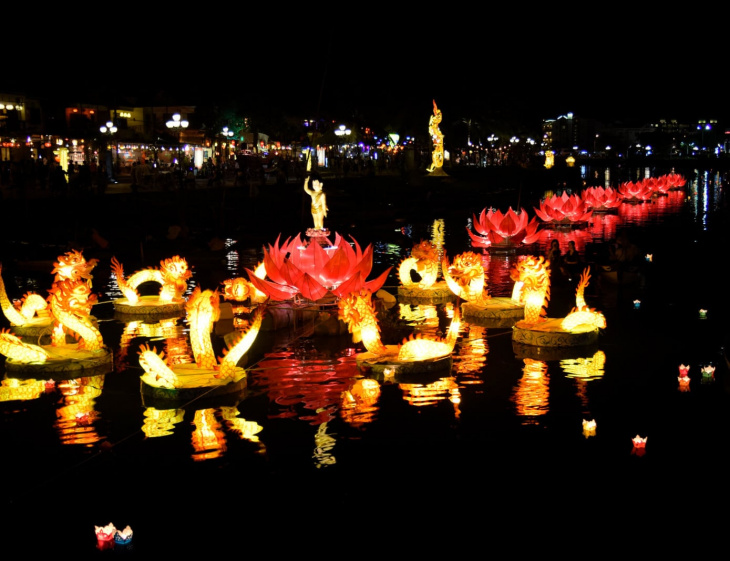
Lights on the water during the lantern festival. Photo: Raita Futo
The lanterns of Hoi An play a large component in its bustling Night Market and, during the lunar festival, they are the only source of illumination in the sky as other light sources are turned off. Vehicles are also prohibited so that pedestrians can wander the streets safely.
Even grown adults will feel intoxicated by the child-like wonder that comes with exploring Old Town during festival season. It’s a surreal, cinematic experience and will undoubtedly be one of the true highlights of your stay in Vietnam.
Contemporary Nightlife
Even though Hoi An’s Old Town may be full of history, it’s definitely not stuck in the past. And although significantly quieter than major cities such as Saigon and Hanoi, there is still a bustling infrastructure of bars and restaurants. After your day of sightseeing, you can unwind with a drink and local cuisine.

The Bridge of Lights during the day. Photo: gavindeas
Hoi An’s Old Town is definitely not past its prime and should be a priority when visiting Vietnam. While its original residents have long been departed from this world, the legacy and enthralling beauty of the town still lives on.
Details
Address: Phường Minh An, Hội An, Quang Nam Province, Vietnam
Phone: +84 235 3861 327
Season: Year-Round | 8 AM – 9:30 PM
Website: hoianworldheritage.org.vn
Đăng bởi: Nhẫn Vượng


